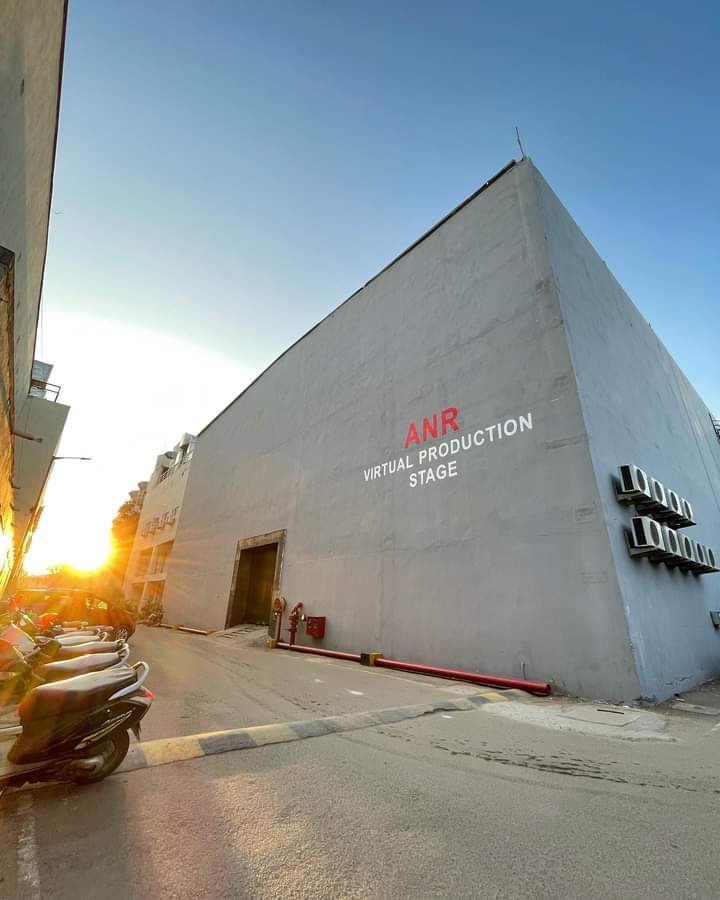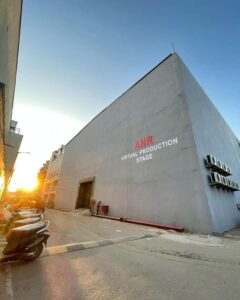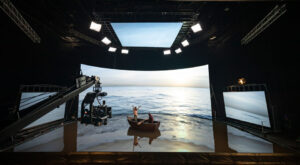The Chennai-based film technology company, Qube Cinema, which transformed the film industry by introducing state-of-the-art digital projectors in cinemas and aided the move towards digital cinema, has teamed up with actor Akkineni Nagarjuna’s Annapurna Studios to launch full-service virtual production stage in Hyderabad. The facility is now ready to use.
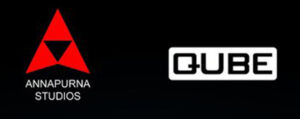
Senthil Kumar, Co-founder, Qube Cinema, told The Hindu that the production facility has been built at a cost of around ₹21 crore and will feature a 20-foot tall and 60-foot wide curved high brightness LED screen, which can be used by filmmakers to render complex photorealistic virtual locations in real-time.
Mr. Senthil said that he hopes that this technology will eventually result in filmmakers making less use of “green screens” used extensively to create visual effects except in complicated cases since it would reduce the cost of visual effects, on-location production costs and save on time by enabling the creative team to see close-to-final shots on camera, in real-time on the live-action set.
Biggest advantage of using real time virtual sets is the actors get exact mood and it is the same for cinematogra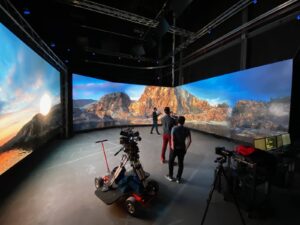 phers to have more accuracy in lighting and composition.
phers to have more accuracy in lighting and composition.
An LED wall, known as a Volume, is a large curved screen comprised of thousands of LEDs that surround actors, props, and (smaller) practical sets. Coincidently, LED walls were also popularized by the Star Wars franchise—being used extensively in the hit TV series The Mandalorian.
One of the biggest challenges in film and television production is creating realistic background environments. In the past, this was chiefly achieved through filming on location or constructing elaborate sets and backdrops. The introduction of green screens helped film and television productions achieve more cost and time-effective results, digitally adding in environments in post-production (using visual effects). Today, with the advancement of real-time technology, a new option has emerged: virtual production LED walls.
Unreal Engine to create the “worlds” of the scene and project them live on these screens, behind the actors and foreground set pieces, with virtual cameras that move to match the live-action cameras.
These LED walls provide more realistic and adjustable lighting for the scene, minimizing the need for large, complicated lighting set-ups on set. Real-time 3D artists are on-set with the director, actors, and crew during principal photography and can make real-time adjustments to the digital “world” rather than waiting for post-production.
With this technology use of camera is able to shoot photoreal photography. This is a revolutionary way for virtual production that can produce stunning visuals at the site.
The editable virtual elements on the LED wall are rendered by the real-time engines in combination with a motion tracker that senses where the camera is and how it is moving. The camera can dynamically move in space accompanying the background environment and visual elements. The virtual sets on the wall look the same as the physical set pieces, which can also interact with props freely as needed.
Cinema technologies always changes time to time,with having advantages over the past.
These technologies are brought to benefit film making in a more better and easier way.
It is responsible of the film makers to carefully study the technology use it wisely to tell stories in a better way.
Article by
CJ Rajkumar
Author/ Cinematographer

